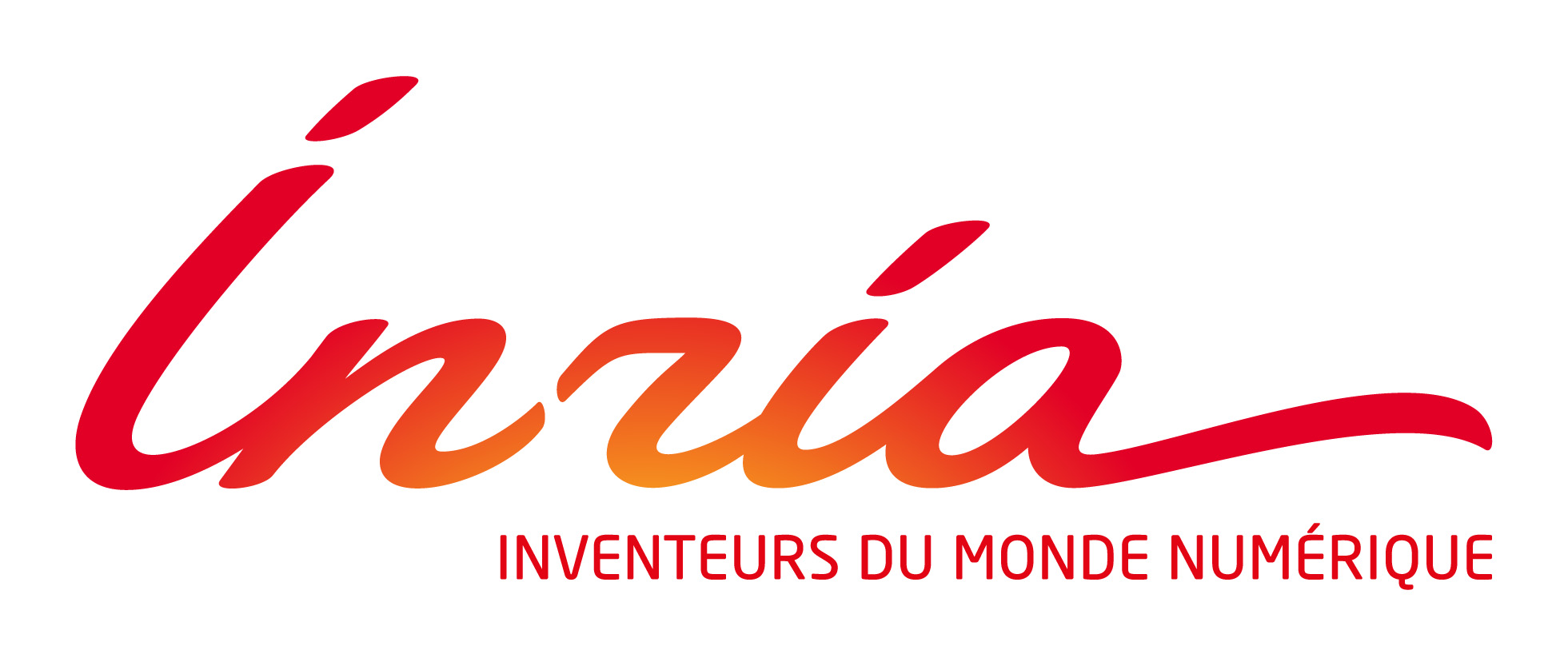Abstract : The use of multiple interfaces in wireless systems promises improved resilience to impairments on any single wireless system and the ability to use effectively spare capacity in a real-time fashion.
However, temporal aspects can render coordination across systems difficult. In particular, wide disparities in loss probabilities and RTTs must be accommodated. In this talk, we present three case studies of how network coding can be used to manage such temporal issues. The first setting presents the differentiated use of two wireless networks for progressive video download, whereby the more expensive system is called upon opportunistically to avoid a buffer under-run.
The second scenario considers the use of two networks to manage delay-throughput trade-off, through coding, when networks are serving multiple devices. The final example presents the management of multi path coded TCP (CTCP), wherein coding is used across and within flows. We present common traits of these algorithms and highlight the design choices that arise from the different characteristics of the scenarios. This is joint work with Jason Cloud, Flavio du Pin Calmon, Chris Ng, Asuman Ozdaglar, Ali ParandehGheibi, Weifei Zeng.

